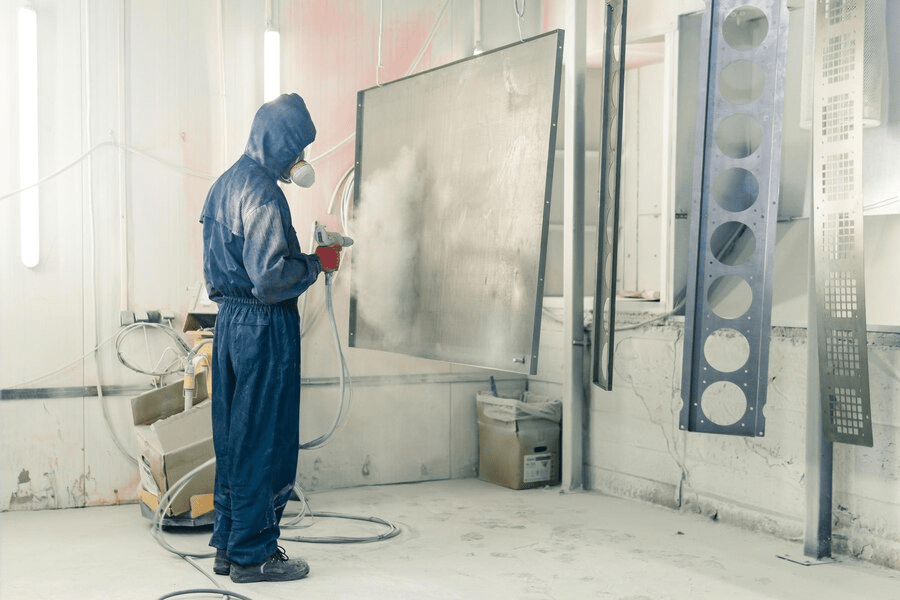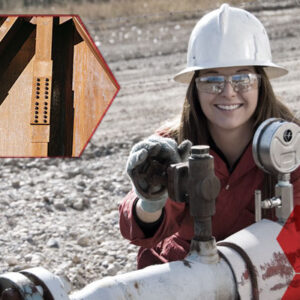How to Become a Basic Coatings Inspector

The Association for Materials Protection and Performance (AMPP) is a global organisation dedicated to advancing corrosion control and protective coatings. The organisation was formed in 2021 through the merger of two leading organisations in the industry, NACE International and SSPC Society for Protective Coatings. With the merger, most of the programs offered by NACE and SSPC have now merged under AMPP, carrying forward the legacy of these organisations. In addition, AMPP offers a variety of certification programs for professionals in the industry, including the Coating Inspector Program (CIP) – Level 1.
The Basic Coatings Inspector certification CIP – Level 1 course is essential for those seeking a career in the protective coatings industry. Apart from individuals looking to make a profession in the coatings industry, many professionals, such as engineers and managers, take this course to bring value addition to their respective domains. This certification is recognised by industry professionals worldwide and is often a requirement for various job positions. Obtaining certification as a Basic Coatings Inspector demonstrates a high level of knowledge and understanding of the materials and processes involved in the coatings industry.
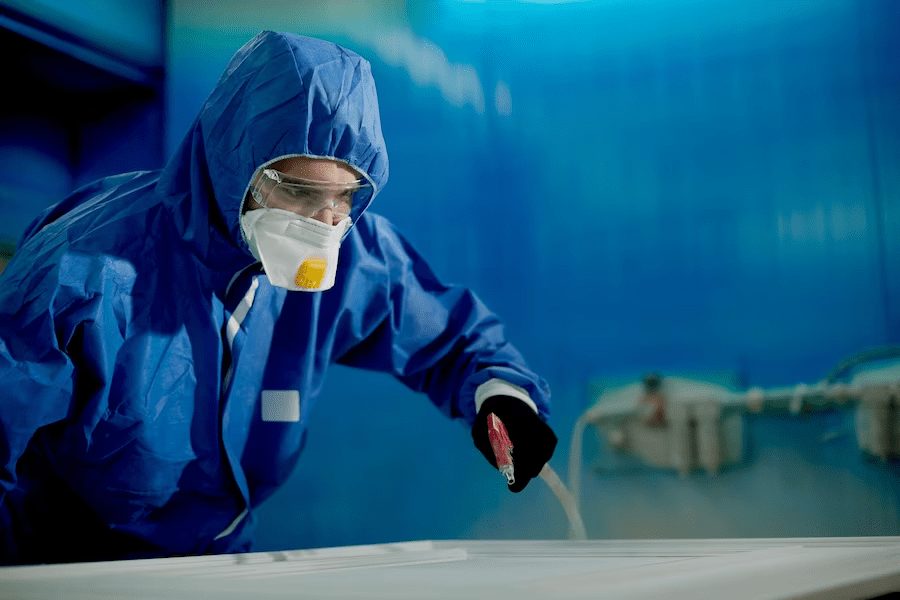
The CIP – Level 1 course is offered in India by CORCON Institute of Corrosion, the official education licensee for AMPP in India. It is an excellent program for anyone seeking to enter the coatings industry. The course provides a comprehensive understanding of the principles of coatings inspection and the various techniques involved in the process. It covers topics such as coating materials, surface preparation, application techniques, inspection procedures, and basic corrosion principles. It provides a strong foundation in coatings inspection and a deep understanding of everything related to protective coatings, including its specifications, techniques, data collection and more. While no specific qualifications are required to enrol in the course, it is recommended that you complete certain e-courses to maximise the benefits of the program.
Completing the CIP – Level 1 course and passing the Basic Coating Inspector Practical exam is the first step in obtaining certification as a Basic Coatings Inspector. To complete the certification process, you will also need to complete the Ethics for the Corrosion Professional course or equivalent training and agree to the terms of service.
In addition to completing the necessary courses and exams, you will also need to possess the necessary work experience to apply for certification as a Basic Coatings Inspector. It should be noted that the prescribed amount of work experience in the industry is necessary for obtaining certification, even though anyone can take the CIP – Level 1 course without prior experience.
Completing the CIP – Level 1 course is a great way to start a career in the coatings industry. However, the course is just the beginning of the journey. To become a certified Basic Coatings Inspector, you must complete the necessary exams and gain the prescribed work experience. Once you have obtained certification, you will be well-equipped to take on various roles in the protective coatings industry.
In conclusion, AMPP is a global organisation dedicated to advancing corrosion control and protective coatings. The Coating Inspector Program (CIP) – Level 1 offered by CORCON Institute of Corrosion in India, in association with AMPP, is an excellent program for anyone seeking to enter the coatings industry. Completing the CIP – Level 1 course and passing the Basic Coating Inspector Practical exam is just the beginning of the journey towards obtaining certification as a Basic Coatings Inspector. Additional requirements, such as completing the Ethics for the Corrosion Professional course and gaining the prescribed work experience, are also necessary for certification. However, once you have obtained certification, you will be well-equipped to take on various roles in the protective coatings industry and demonstrate a high level of knowledge and understanding of the materials and processes involved in the industry.
Standard Techniques for Coatings Inspection

The coating is a technique to protect assets from damage caused by natural phenomena like corrosion. Coatings consist of a layer of solid material on an object’s outer surface, providing protection, functionality, or decoration. They can be in the form of a liquid, liquefiable, or mastic composition that turns into a solid layer after application. Protective coatings work by shielding materials from corrosion, preventing environmental factors from causing damage to the structure. A coatings inspector must use various techniques to test coatings and ensure that they adhere to the required specifications.
Some common techniques of coatings inspections used by basic coating inspectors are
1. Visual inspection
One of the most common techniques for coating inspection is visual inspection. This simple method involves examining the coating’s surface with the naked eye to detect surface defects such as cracks, pinholes, and blisters. Visual inspection is a quick and easy way to spot defects that may have been missed during the application process.
2. Surface profile measurement
Another technique commonly used for coating inspection is surface profile measurement. This method involves measuring the roughness of the coating surface using tools such as a profilometer. The measurement ensures the surface is suitable for coating application and helps identify potential adhesion issues.
3. Non-destructive testing
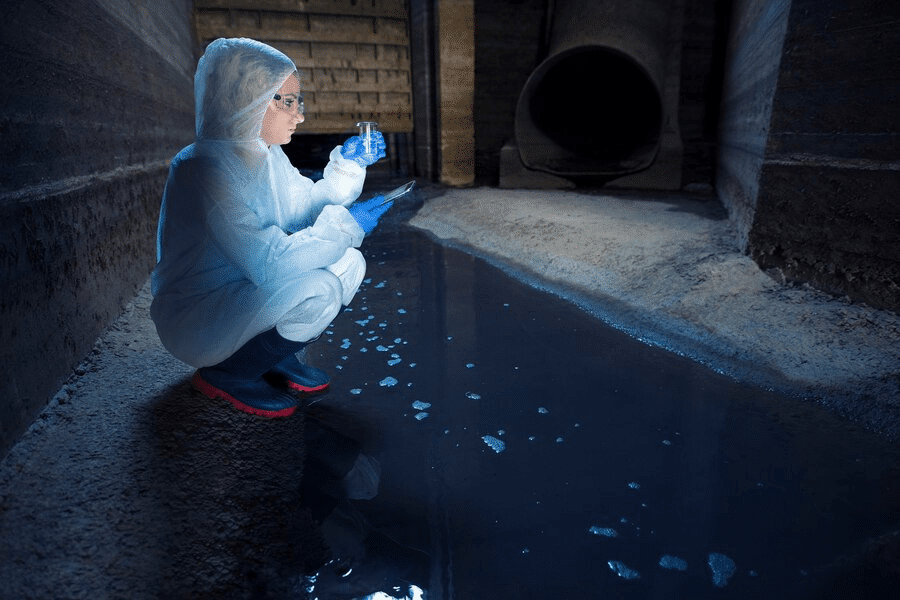
Non-destructive testing (NDT) is a group of techniques used to evaluate the integrity of the coating without damaging it. Ultrasonic testing, magnetic particle inspection, eddy current testing, and radiography are some of the most commonly used NDT techniques. These methods can identify defects like cracks, pinholes, and voids without damaging the coating.
4. Holiday Detection
This technique is used to identify defects such as pinholes and cracks in the coating. It involves applying a voltage to the coating surface and detecting any discontinuities in the coating. This method helps to ensure that the coating has no weak points that may compromise its integrity and lead to compromised protection of the asset.
5. Adhesion
Adhesion testing is another essential technique for coating inspection, and it ensures that the coating is properly adhered to the substrate. This test involves applying a known force to the coating surface to evaluate its adhesion. A coating that does not have good adhesion to the substrate may peel or flake off over time, leading to corrosion.
6. Contamination test and wet film thickness measurement
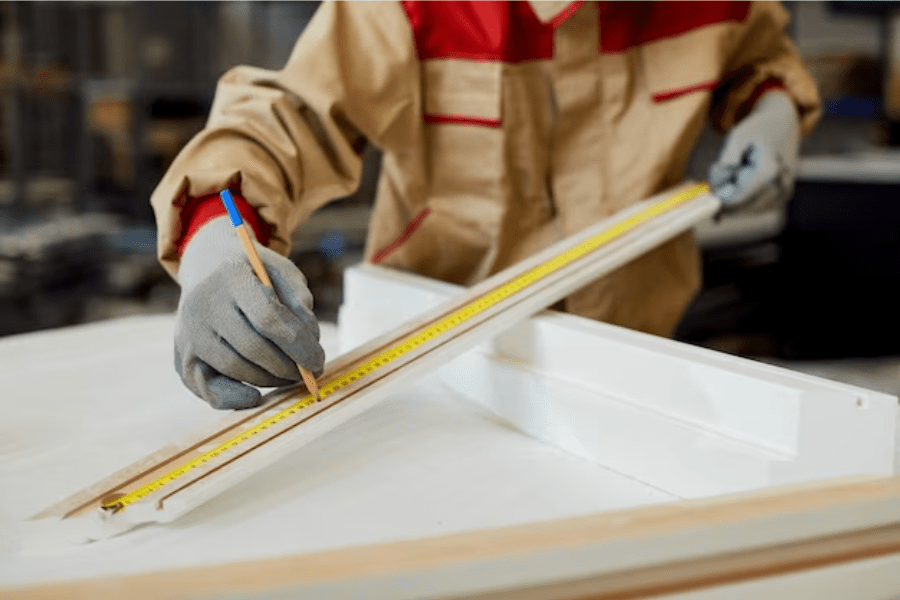
Testing for soluble salt contamination before applying the coating is critical as well. Soluble salt contamination can cause blistering and peeling of the coating. Wet film thickness measurement is another important technique during the coating application process. It involves measuring the thickness of the coating before it has dried or cured. This measurement ensures that the coating has been applied to the correct thickness and will provide adequate protection.
7. Curing
Drying and curing inspections are also crucial to ensure the coating is fully cured and dry. If a coating is not adequately cured, it may not provide the required level of protection, leading to corrosion or other damage. In addition, many coating protection programs require applying multiple layers of the same or different coatings. Therefore, it is necessary to ensure that the previous layer has completely cured and dried before the application of the second layer of coating.
Inspection of coating defects such as blistering, cracking, and peeling is essential to identify coating issues that can cause problems in the future. Defects can occur during the application process or after the coating has been exposed to environmental factors. Identifying and correcting these defects is necessary to maintain the coating’s integrity and ensure long-term protection against corrosion. Coatings play a vital role in protecting assets from corrosion and other environmental factors. A variety of techniques can be used to inspect coatings, including visual inspection, surface profile measurement, non-destructive and destructive testing, holiday detection, adhesion testing, and wet and dry film thickness measurement. Using these techniques, inspectors can ensure that coatings are applied correctly and will provide adequate protection against corrosion and other damage.
The Role of Basic Coatings Inspectors in the Coatings Industry

A basic coatings inspector is responsible for performing essential coating inspections on steel substrates using various instruments and non-destructive testing techniques. These include conducting tests and recording the results of ultrasonic testing, magnetic particle inspection, eddy current testing, and radiography in the prescribed format accurately.
Coatings play an important role in protecting structures and equipment from corrosion and wear, as well as providing an aesthetically pleasing finish. However, the success of a coating system relies heavily on proper installation, which is where the basic coatings inspector comes in.
The basic coatings inspector plays a crucial role in ensuring that the installation of a coating system meets project specifications and the manufacturer’s recommended procedures. In addition, by verifying and documenting the quality of the work being performed, the coatings inspector helps to prevent problems such as premature coating failure and costly rework.

One of the key responsibilities of the basic coatings inspector is to ensure that the surface being coated is properly prepared. This involves checking that the surface is clean, dry, and free from contaminants that could affect adhesion. The inspector will also check that the surface profile is correct, which can affect the coating’s ability to adhere to the surface.
During the application of the coating, the inspector will monitor the material being applied to ensure that it is being applied correctly. This may involve taking measurements and conducting tests to ensure the coating thickness is consistent and the application technique is correct.
Once the coating has been applied, the coatings inspector will perform a final inspection to ensure that the coating has cured correctly and that there are no defects, such as pinholes or bubbles. The inspector also checks the wet and dry coating thickness of the. This final inspection is crucial, as it ensures that the coating provides the intended level of protection.
Troubleshooting Coatings Issues

A basic coatings inspector can perform basic coatings inspections on steel substrates using non-destructive testing and instrumentation before and during, and after the coatings procedure and record all the relevant data. He can also maintain a comprehensive data recording, identify quality control issues, and recognise design and fabrication defects and coating failure modes. This process of conducting tests at each step of the coatings procedure and identifying potential problems allows corrective action to be taken immediately during the procedure itself. This is one of the most important aspects of being a coatings inspector, as it allows for troubleshooting critical coating issues during the coatings procedure itself.
Some steps involved in troubleshooting coatings issues are
1. Identification of the problem: The coatings inspector conducts various tests which identify problems with coatings. Various kinds of tests are conducted using different instruments are conducted to identify deviations from the prescribed specifications. Visual inspection is also a basic method of identifying coating issues.
2. Determine the cause: The basic coatings inspector considers various factors such as the coating’s application method, environment, substrate, and coating type in the field and uses his expertise to determine the exact reason for the coating failure. During the process, he may also consult with other experts, manufacturers and supervisors.
3. Determine the severity: The troubleshooting process requires that the severity of the issue be taken into consideration before the corrective measures are undertaken. For example, minor issues can be resolved immediately with a touch-up or reapplication or repeating specific processes, while significant issues may require the complete removal of coatings and reapplication.
4. Develop a plan: A plan of action is required to be determined before resolving the coatings issue. This may involve improving the surface preparation, addressing the environmental factors and managing and adjusting the application process to resolve the issue at hand.
5. Monitoring progress: A basic coatings inspector needs to monitor how the troubleshooting process is being carried out and check the performance of the coatings. Regular and periodic tests must be conducted to ensure that protective coatings meet the prescribed standards.
The Importance of Basic Coatings Inspection

By providing quality control during the installation of a coating system, the coatings inspector helps to prevent costly rework and repairs. This is important, as the majority of coating failures are caused by faulty surface preparation, application technique, or selection of the wrong coating for the intended service environment. By identifying problems early on, the coatings inspector can help to ensure that the coating system achieves its designed service life, providing maximum economic value and benefit.
A coatings inspector plays a vital role in ensuring the successful installation of a coating system. By providing quality control and monitoring throughout the installation process, the coatings inspector helps to prevent costly rework and repairs and reduce the potential for coatings failures that can result in damage to valuable structures apart from downtime, environmental issues, and health hazards. For any project involving coatings, it is essential to have a trained coatings inspector on hand to ensure the best possible outcome. A trained coatings inspector is a mandatory requirement for many industries across the globe to ensure adequate protection of structures and to protect them from damage, such as corrosion due to environmental factors
Image Reference: Freepik
Disclaimer: All trademarks, logos, and brand names are the property of their respective owners. All company, product, and service names used in this website are for identification purposes only. Use of these names, trademarks, and brands does not imply endorsement.
